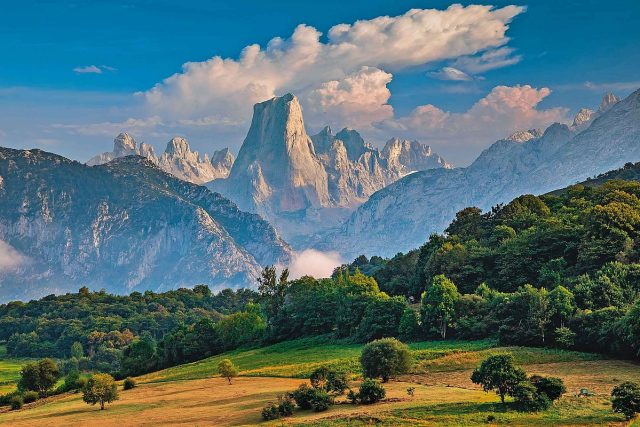Maintaining the well-being of local population and reducing the pressure on infrastructures and services in the most visited places is an essential goal to ensure sustainable tourism.
Beyond the most well-known places, regions such as Northern Spain, with the verdant landscapes of Galicia and Asturias, along with interior areas like Castilla y León, Extremadura, Aragón and La Rioja, are set to become the places to discover. Additionally, travellers interested in visiting the popular cities can take advantage of very interesting off-season discounts.
To compliment above initiatives, many autonomous communities have regulated tourist accommodation rentals to protect the local housing market, with cities like Barcelona and Palma de Mallorca enforcing strict controls. Moreover, tourist taxes in destinations generate essential revenue, which is then reinvested to enhance urban infrastructure and protect the environment.
In addition, initiatives connecting travellers with authentic local experiences are flourishing. Workshops with local artisans and farm-to-table meals that prioritise locally sourced ingredients offer a rich tapestry of experiences that benefit both visitors and communities. These experiences not only revitalise the local economy but also raise awareness about the importance of sustainable agriculture.




